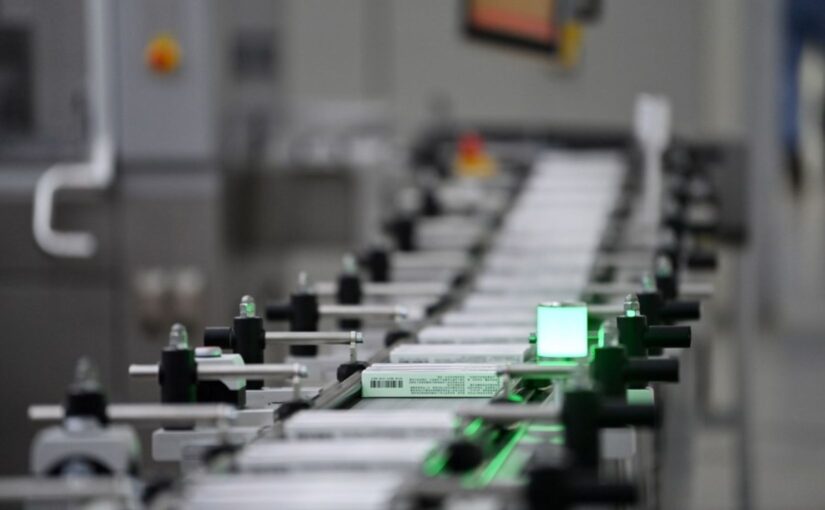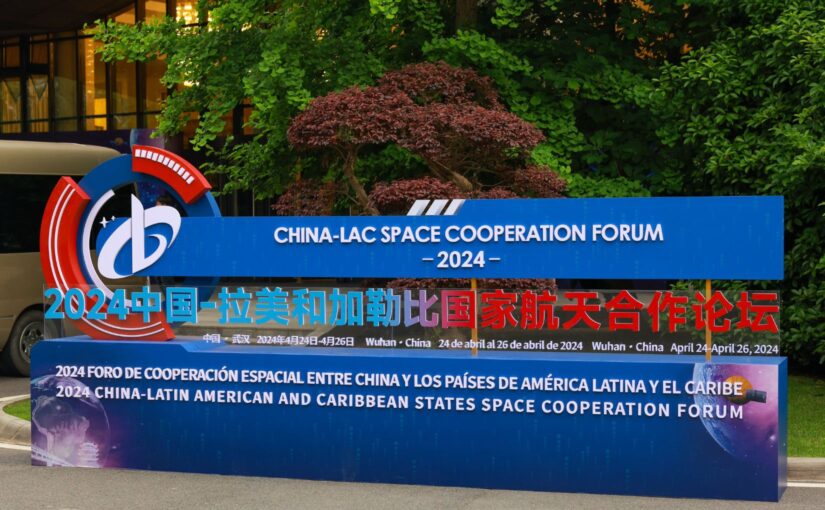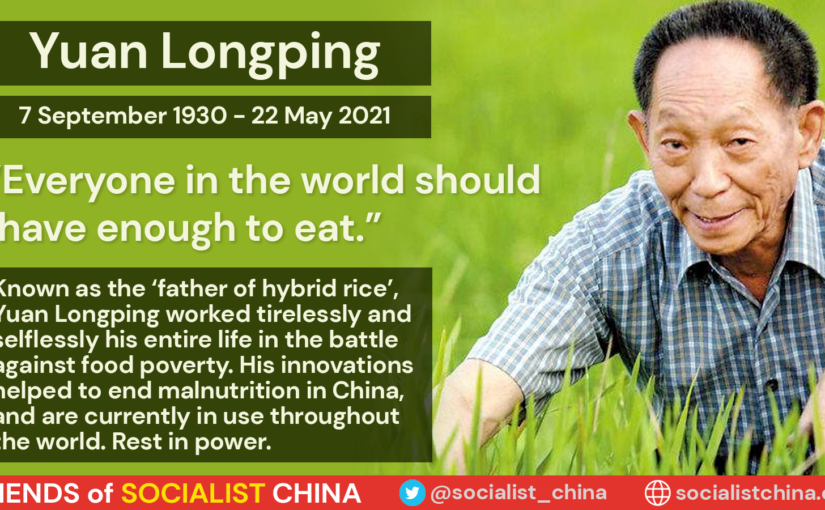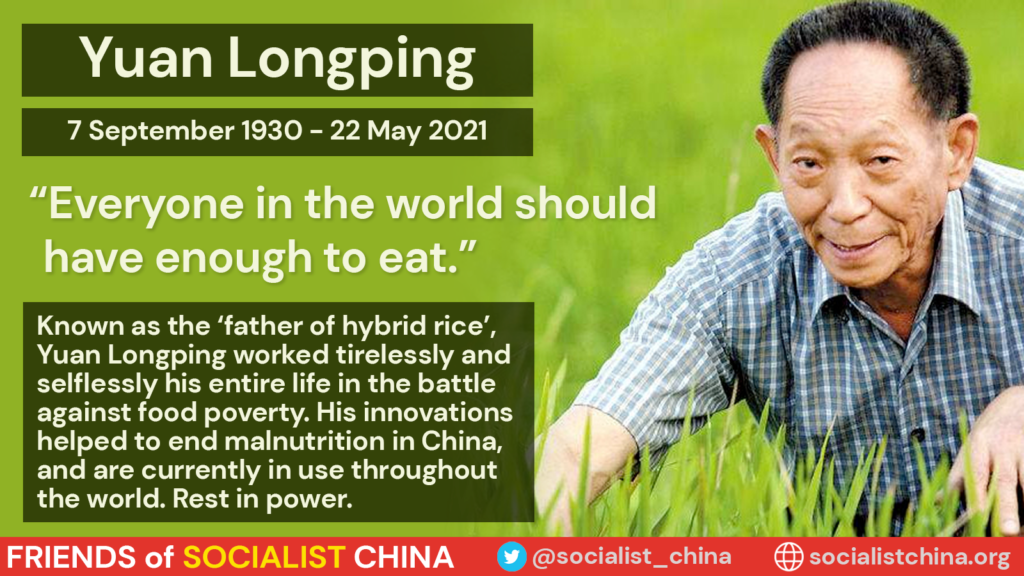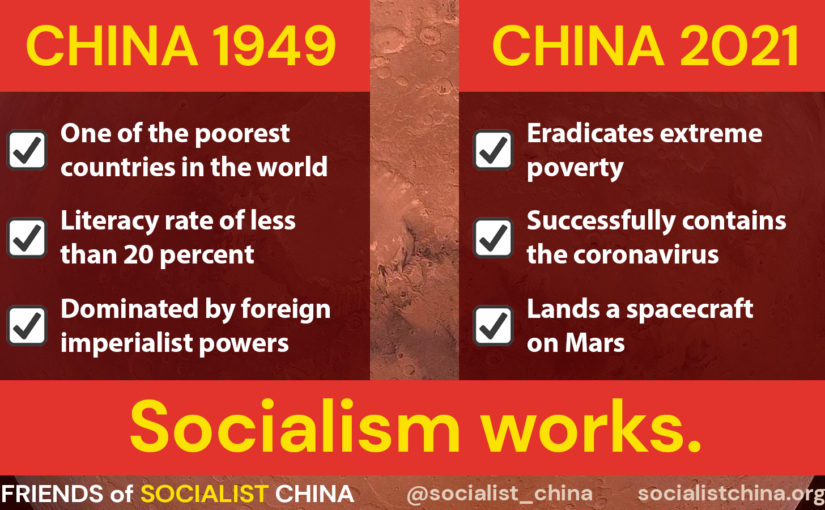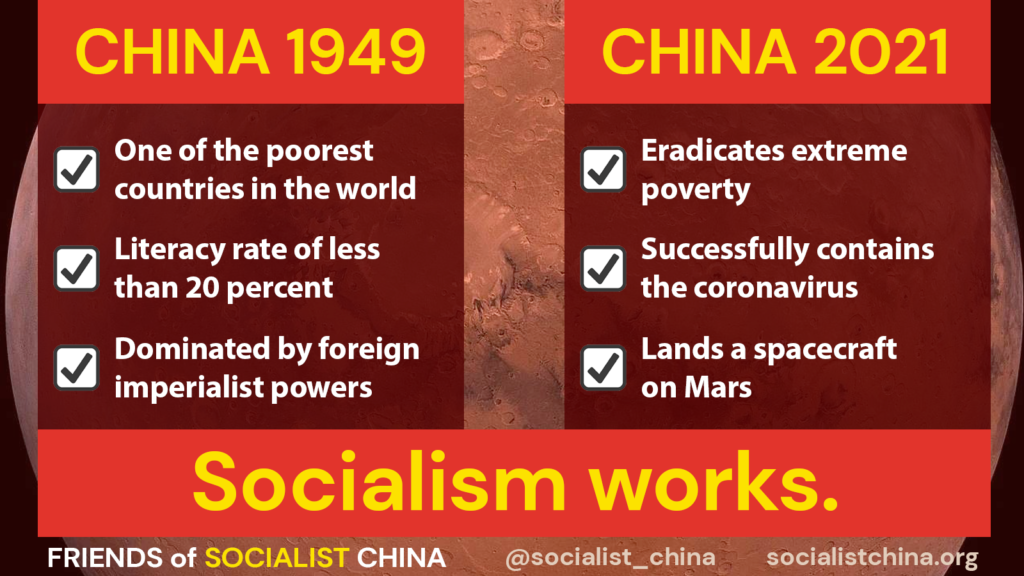The following article from Xinhua reports on an exciting scientific development: Chinese researchers have created a sustainable radiative cooling material with the potential to cool buildings by up to 16 degrees Celcius without consuming any energy in the process.
The article notes that “in a world experiencing rapid warming, effectively cooling our homes during sweltering summer months with reduced energy consumption and lower greenhouse gas emissions is crucial for meeting carbon reduction targets”. As such, “the novel aerogel holds promise for significantly reducing carbon emissions and energy consumption and paves the way for innovative and sustainable radiative cooling materials in the future”.
According to Victoria Bela in SCMP, “the biodegradable material can be welded together on a large scale using only water, creating planks that can act as a passive cooling material that will reduce the need for energy-hungry cooling methods such as air conditioning and refrigeration that risk undermining the fight against global warming”.
In this area as in many others, China is leading the way in scientific research towards a sustainable future for humanity.
The study is written up in Science.
In a world experiencing rapid warming, effectively cooling our homes during sweltering summer months with reduced energy consumption and lower greenhouse gas emissions is crucial for meeting carbon reduction targets.
A team of Chinese researchers has crafted an innovative biomass-derived material using DNA, the genetic blueprint of life. This aerogel demonstrates a remarkable ability to reduce ambient temperatures by 16 degrees Celsius on sunny days, even under intense solar radiation.
The researchers combined DNA and gelatin into an ordered layered aerogel structure that converts absorbed ultraviolet light into visible light to surpass 100 percent solar reflectance, yielding exceptional radiative cooling.
The adoption of biopolymer-based radiative cooling material helps mitigate environmental pollution, according to the study published on Friday in the journal Science.
Moreover, these aerogels, efficiently fabricated on a large scale through water welding, demonstrate remarkable reparability, recyclability and biodegradability.
This aerogel material is poised to revolutionize the energy efficiency of urban architecture as an outer protective layer, said the paper’s corresponding author Zhao Haibo from Sichuan University.
The simulation outcomes of the study have demonstrated a substantial reduction in annual energy expenditure in cooling for buildings across all modeled cities.
The novel aerogel holds promise for significantly reducing carbon emissions and energy consumption and paves the way for innovative and sustainable radiative cooling materials in the future, Zhao said.
China has committed to the dual carbon goals of peaking carbon emissions by 2030 and achieving carbon neutrality by 2060.

